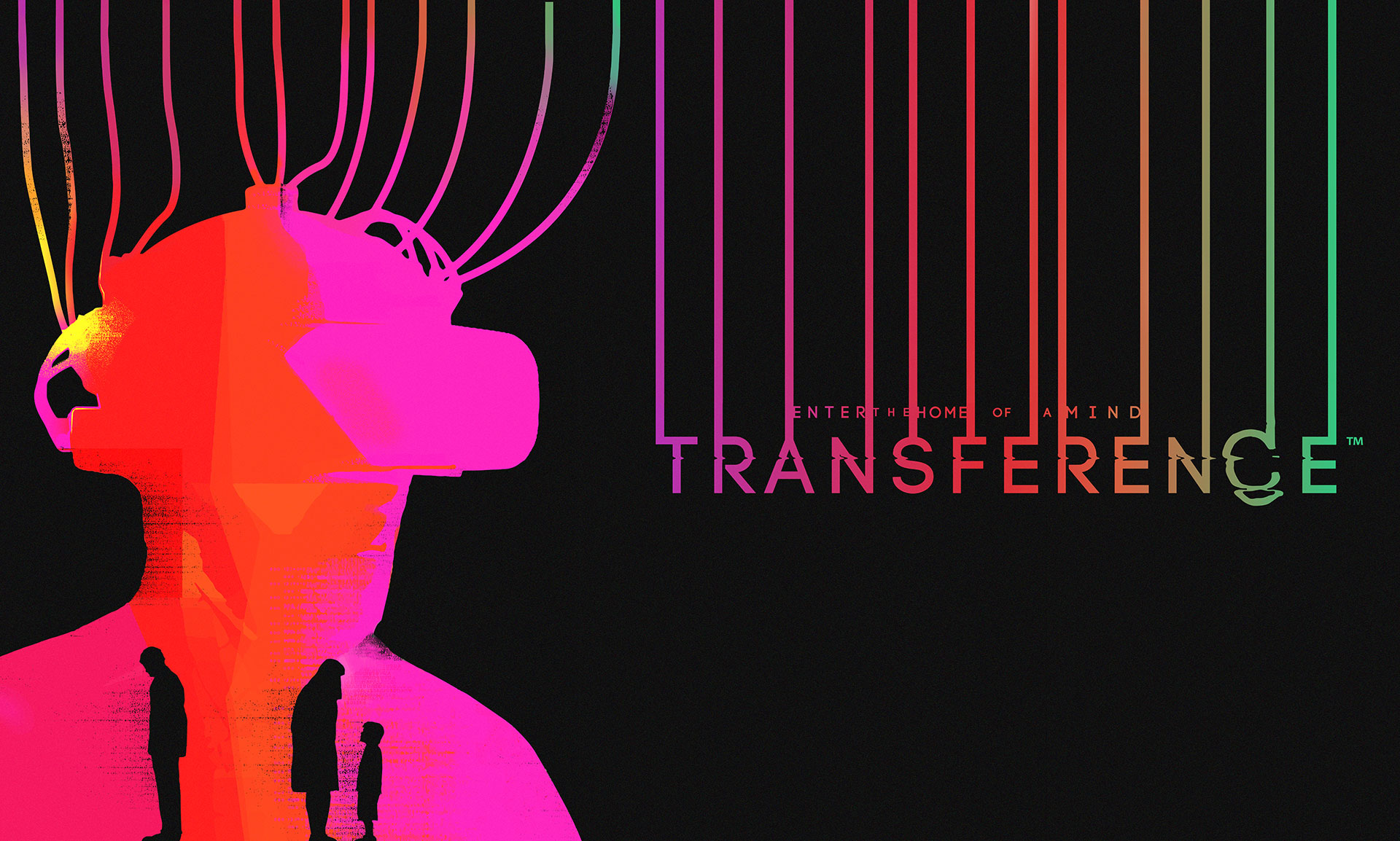Virtual reality technology has certainly been divisive in the gaming medium, but there have been some very uniquely enjoyable narrative experiments that have come from it. One such ambitious storytelling project that’s been spawned from this desire to highlight the potential of VR gaming is Ubisoft’s Transference, a collaboration with Elijah Wood’s independent film studio, Spectrevision. Transference aims to unite the cinematic storytelling style of film within a VR-powered experience that tugs at both the heartstrings and the mind, hopefully presenting a fantastic showcase of just what the power of VR can achieve when it’s leveraged as a unique storytelling device within another entertainment medium that has become beloved for its incredible interactive storytelling potential.
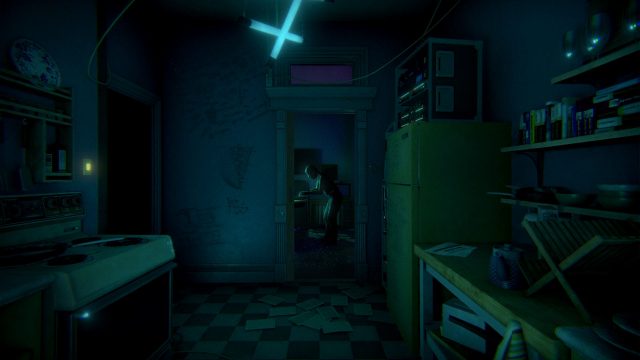
That’s the elevator pitch. The reality is, Transference hits a lot of the same beats as several other smaller-scale, exploration-driven games, with its horror elements working well enough, and its VR presentation probably being its biggest draw. Like many VR-driven experiences however, Transference has the aftertaste of feeling like a tech demo. This isn’t helped by its brevity either, especially at the considerable asking price of $24.99 USD. Nonethless, there are some technical achievements in Transference that are truly superb, namely how immersive its environment is, and how uniquely it manages to present its creepy, tragic story. For VR enthusiasts at least, Transference stands among the better VR gaming experiences that you can currently play, but if you don’t have a VR headset at the ready, it’s a lot harder to justify picking up the game for its full price, given how simplistic its actual gameplay truly is.
Transference looks pretty good even without a VR headset, presenting a colourful, striking and yet undeniably sinister cyberspace environment built on combining simple hues with believable domestic detail. Blobs of corrupted pixels and recognizable, but eldritch human shapes also contribute to a world that feels both familiar and strangely alien at the same time, particularly as players can use light switches to move between several coloured environmental arrangements, while investigating seemingly mundane objects around the environments that help fill in the story. There is a very commendable amount of inspiration and detail behind the spooky environments of Transference, so even Xbox One players who are forced to experience the game without VR functionality will at least find themselves easily immersed throughout the experience.
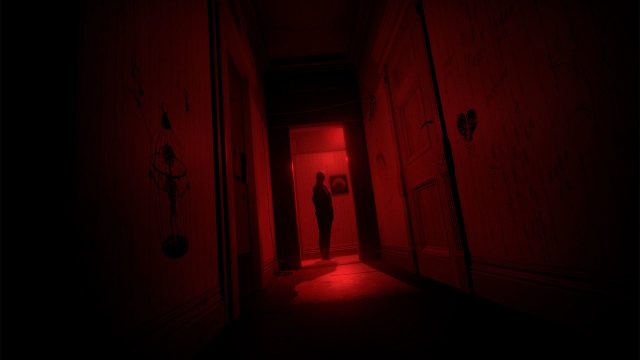
That being said, it’s extremely evident that Transference is meant to be enjoyed in VR, and it definitely loses something when you just play it on a regular television or computer monitor. Both the PC and PS4 versions of the game thankfully support their respective VR options however, all of which bring the world of Transference to life with aplomb! Things like floating pixels, environmental disturbances, not to mention the handful of jump scares, are all designed to take advantage of both surrounding the player, and being right up in their face when the situation calls for it. It’s also a lot more satisfying and fulfilling to shift around and examine objects when you can do so in the VR mode, where holding shoulder buttons and moving sticks can give you a more up-close and personal view of the many household objects and documents that keep building upon the sinister mystery behind what’s going on in Transference.
Regarding potential technical differences between platforms as well, they’re pretty clear-cut in this case. You get much the same visual experience outside of VR on any of Transference’s three supported platforms. While the VR experience is at its best on a high-powered PC with an Oculus Rift or HTC Vive headset at the ready as well, the PlayStation VR presentation on PS4 barely represents any noticeable downgrade over the technically superior, but more expensive PC headsets. On the basis of its VR capability alone, the PS4 version also stands head-and-shoulders above its Xbox One counterpart in terms of the experience that it offers, especially since Xbox One players are forced to experience Transference without VR, which unfortunately makes the Xbox One build the worst version of the three, unless you’re attracted to the easy achievements. Between the three platforms, Transference’s highly immersive VR tech makes the game best realized in its PC version, unsurprisingly, but console gamers can still enjoy an especially potent and impressive VR showcase on PS4, should they happen to have access to a PlayStation VR headset.
Transference’s audio presentation is another very impressive element to the experience, managing to keep pace with the very well-realized environmental immersion throughout. Even if you’re not playing in VR, Transference simply demands to be experienced with a good pair of headphones on, where its trippy, unpredictable audio flourishes do their best job at unsettling players and further making their hair stand on end! The audio definitely loses a bit of potency when it’s just played out of regular speakers, since, much like the VR focus, the uncomfortable ambience behind the sound design, which mostly consists of distorted noise and broken vocalizations, is meant to be right up in the player’s head, quite literally grabbing them and plunging them into an aggressively creepy simulation that is bound to linger in their minds, even after they disconnect from it.
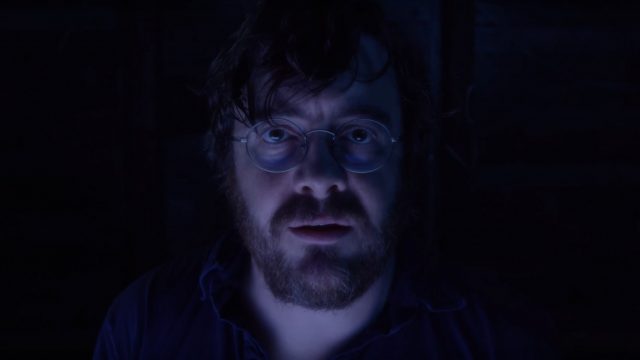
Further assisting the truly superb sound design throughout Transference is some very strong voice acting as well, even though the game only contains one small family’s worth of personalities. A husband, wife and son can sometimes be heard speaking throughout the simulation, both seemingly very close, yet also hopelessly far away, as if they’re both everywhere and nowhere at once. What initially sounds like a believable and lovable family unit eventually becomes plagued with muddled perspectives, inconsistent monologues and an overall sense that something is very, very wrong with the sole human presence in a very disconcerting environment. Transference really is an amazing showcase of VR-enabled gaming experiences from an audio standpoint as much as a visual one! With the full combination of a VR headset and some high-quality noise-canceling headphones in place, players really will lose themselves in a potent blend of realism and surrealism that always threatens to come apart again, right when they’ll likely feel that they can finally grasp it!
As a technical showcase, Transference really is great, making a fantastic case for what can be achieved with VR storytelling in the gaming medium, or even just how VR headsets can be used to create experiences that are both immersive and deeply uncomfortable, in a good way. Where the game tends to fall short of that immense technical ambition however is in terms of its actual gameplay, where it feels simplistic and brief, even if the gameplay elements contained within Transference are all functional and immersive while they last. I suppose one could also consider this a deliberately minimalist approach, but even being one of the best VR showcases that gaming has currently delivered, Transference still doesn’t quite escape the feeling of coming off as a proof-of-concept, rather than a fully-realized gaming endeavour.
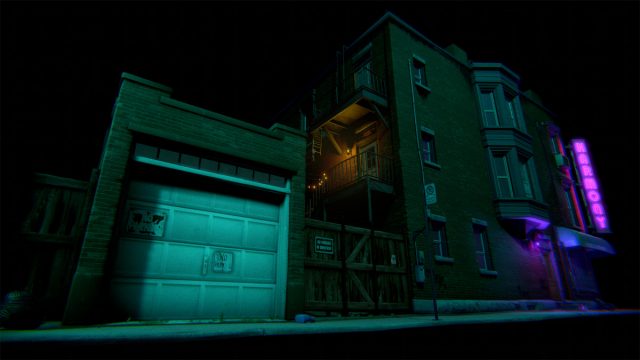
Players take control of a mysterious unnamed explorer of a corrupted simulation of some kind throughout Transference, and that’s about all I can say without some significant spoilers. The straightforward approach to gameplay makes it easy for players to simply insert themselves as the player character into this mysterious story, exploring around a family’s dysfunction and tragedy in an environment that also chills and unsettles with its cyberspace horror elements. Think of it like a less laughably dated and more credibly modern take on the virtual world of The Lawnmower Man, without a super-powered Jeff Fahey coming to kill you anyway. There is some sort of monstrous presence creeping around the world of Transference, mind you, but since the game has no fail state, this ‘monster’ seems purely present to just further add to the audio/visual flourishes.
With no actual threat pursuing the player then, Transference is instead all about exploration and puzzle-solving, particularly since the game never gives you any direct feedback nor points you where to go, relying purely on players progressing via their own wits. The puzzles range in quality a bit, with some being truly standout, and very effectively taking advantage of the VR focus, while others feel either too vague or too irritating. You’ll see a few familiar puzzles too, like hitting the right piano keys to try and light up every bulb in a display, or the age-old obstacle of finding a key to put in a door, though there are also some fairly imaginative ones, like trying to grab some floating snowflake-like paper to try and assemble a computer password. If you’ve played any of the more recent ‘walking simulator’ games that have started to gain a bit of a cult following among indie game enthusiasts especially, then the progression of Transference should be very familiar to you, unfolding with the same simplified take on exploration and puzzles, which will make it pretty inviting from a gameplay standpoint, particularly to less skilled or devout gamers. The pace is also deliberately slow however, to the point where you can’t even run in Transference, and always move at a snail’s pace to boot. Fortunately, the highly detailed environments are pretty pleasing to explore, so you won’t often feel a sense of frustration or boredom, so long as you’re fine with the complete lack of action in the game.
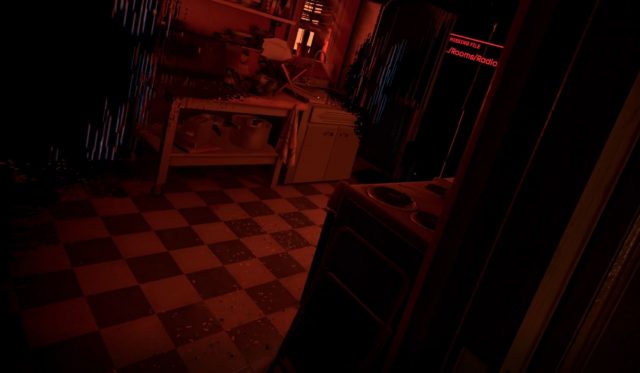
That’s really all there is to Transference as an actual video game though; Walking somewhere within the apartment setting, finding an object, then pairing that object with whatever the simulation wants it to be paired with. It’s all very straightforward, and while it all works, it doesn’t really consistently push the boat out in terms of what it throws at the player. There are collectibles to find in the form of videotapes and audio logs, which help fill in crucial story details while also serving as the expected way to accrue the handful of optional achievements/trophies in the game, but outside of amassing these collectibles or simply wanting to re-live the experience, Transference doesn’t contain much reason to keep replaying once you’ve completed it the first time. The story never branches, the world is intentionally narrow and claustrophobic, and once you’ve seen all of the mystery’s clues, and pieced them together at your own pace, that’s it. There’s nothing else. This is somewhat par for the course for a lot of exploration-driven, VR-enabled games, which are very much built on surprises and otherwise linear progression, but once those surprises run out, you’re still merely left with an impressive, but ultimately simple technical showcase, one that looks toward tomorrow, but also doesn’t offer a lot of meaty progression for today.
From a technical standpoint, Transference really is awesome in many respects. As a video game however, it’s disappointingly average, relying mostly on its standout audio/visual presentation, which heavily emphasizes playing in VR with a potent pair of headphones to boot. Perhaps this is expected to a degree, since Transference is brought to us by a film studio first and foremost, with Ubisoft Montreal plugging in the actual gameplay foundation and making it work, but it’s a bit frustrating that the VR landscape still has trouble fully realizing a truly deep and rewarding gameplay experience. The technology is impressive, and Transference is indeed highly rewarding if you’re actively wanting to experience it to embrace its VR-powered audio/visual presentation, but if you’re coming primarily for the gameplay, Transference is too short and simple to fully satisfy, especially since you can easily beat it in less than an hour if you know the puzzle solutions. This is all the more true for Xbox gamers, who won’t even have the option of experiencing Transference in the VR format that it’s very clearly meant to be enjoyed in.
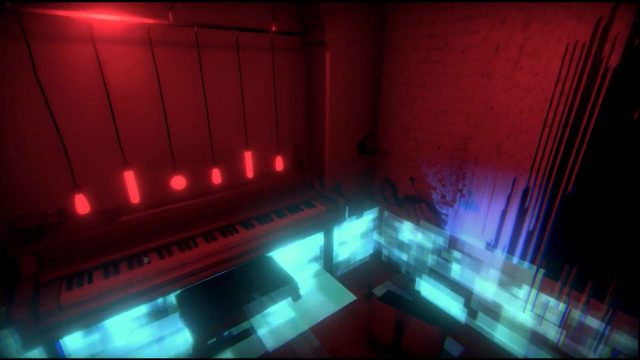
At $24.99 USD, Transference isn’t too pricey compared to some other higher-end VR-enabled games, but if you’re not heavily drawn to its technical elements, it may be best purchased on sale, if you’re interested in it. Technology and/or VR enthusiasts especially should give the game a look though, even if straight-up gamers may find the experience to be more disappointing, unless they’re especially attracted to this particular blend of psychological horror. It is however worth repeating that Transference really is better-realized than many other VR games. If anything, the game is simply limited by its fixation on wanting to take advantage of VR technology so heavily, rather than any innate failure with the concept or design.
To that end, I remain interested in Ubisoft’s future endeavours within the VR gaming medium, after they’ve done so much more interesting experimenting with the technology than many other major publishers have up to this point. VR gaming still feels like a very niche market for now though, and Transference is, fittingly enough, a niche product as a result. It’s not a bad product, but it’s only going to appeal to a certain subset of players, even if those within that subset are bound to be impressed at what Transference achieves, if not always how it plays.
This review is based on a PS4 copy of, “Transference”, provided by publisher, Ubisoft. Separate playthroughs were conducted with PlayStation VR and without it.

